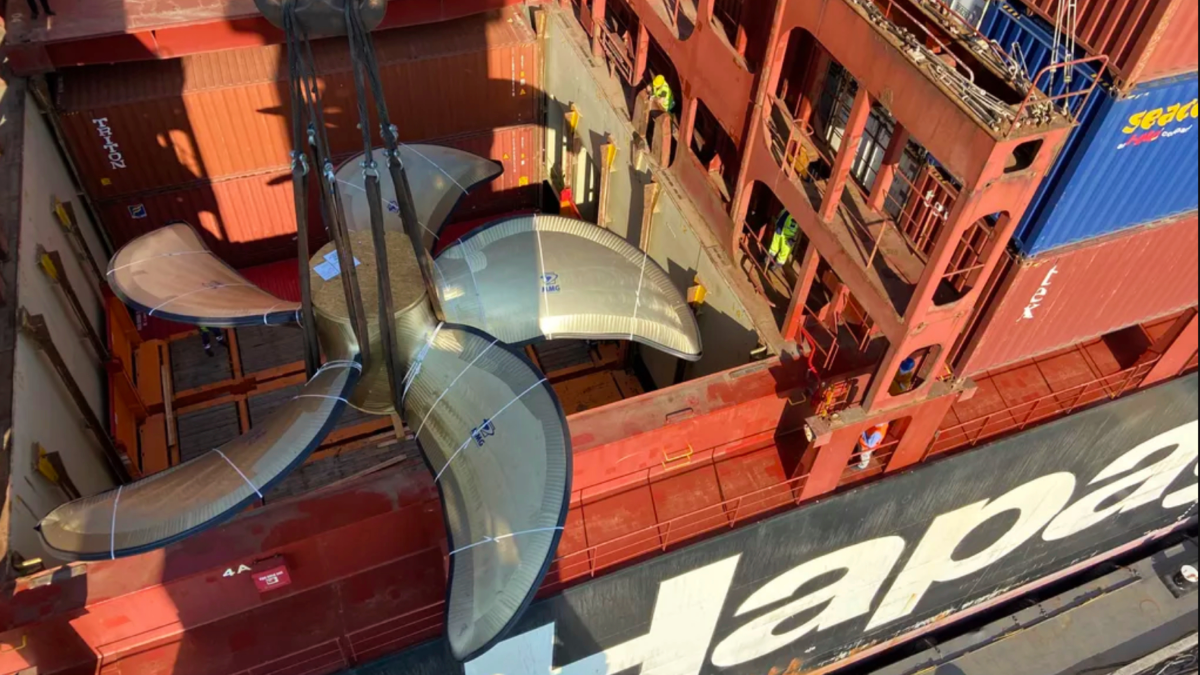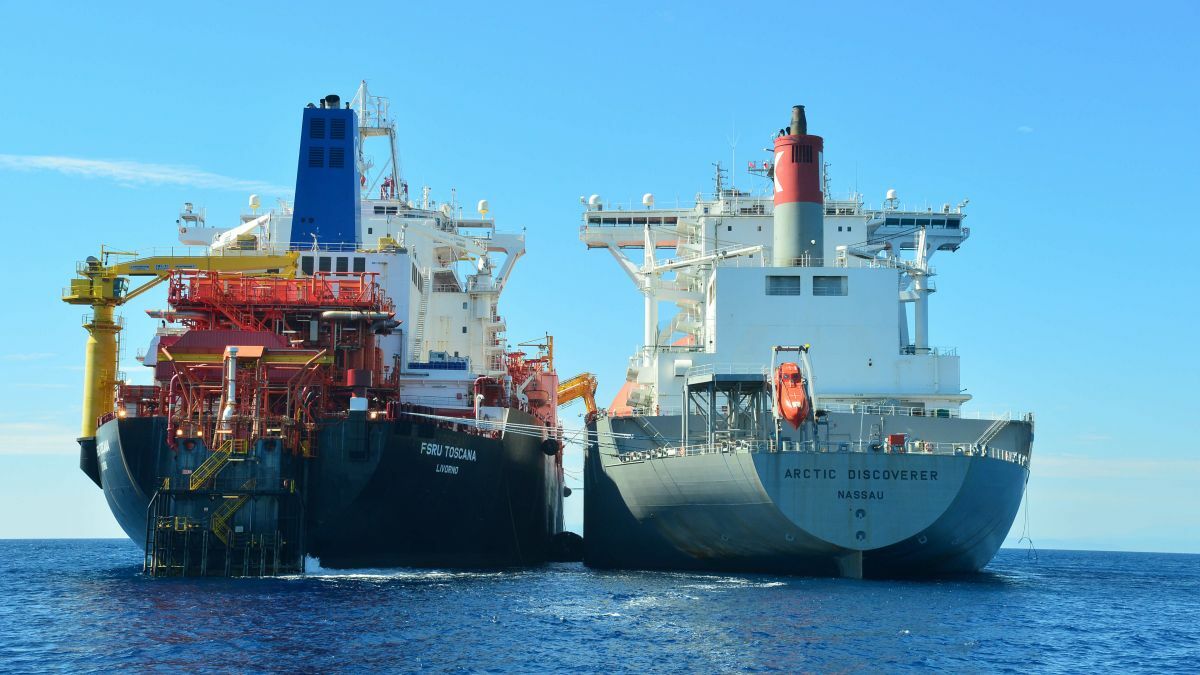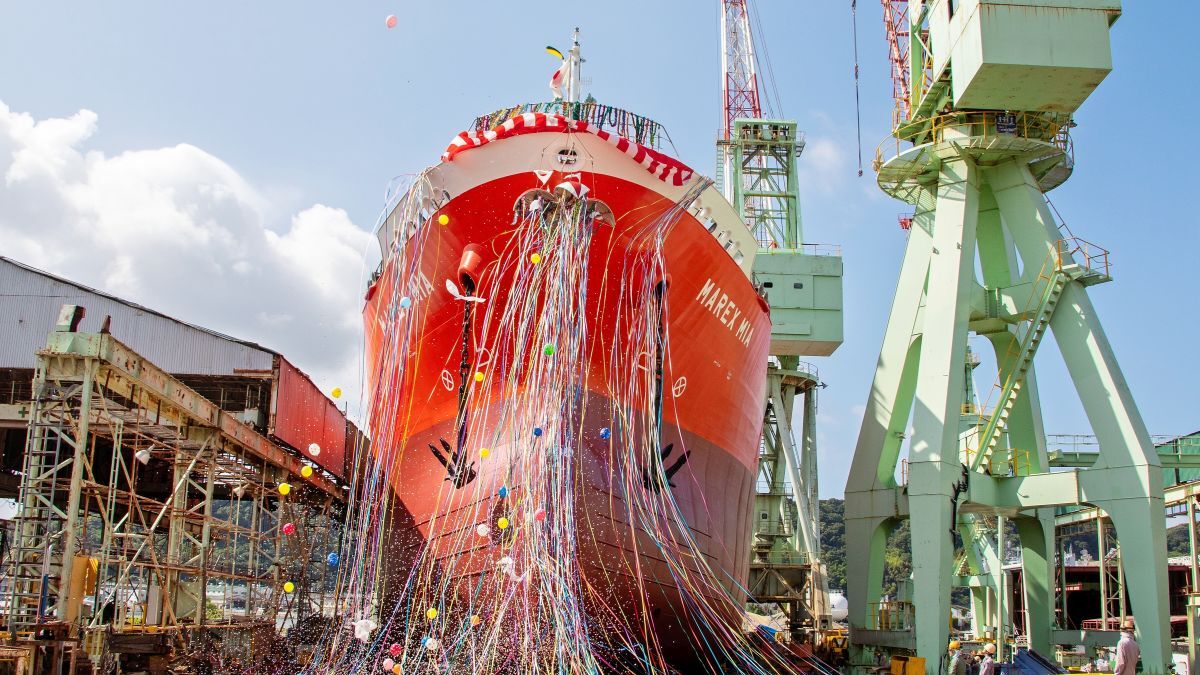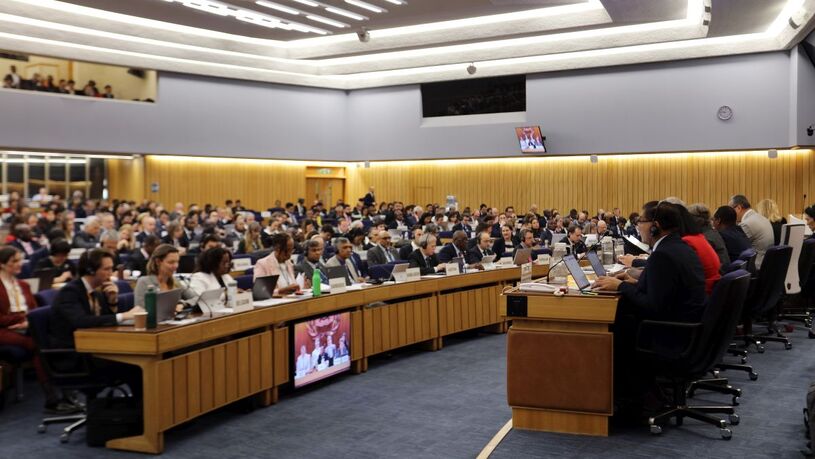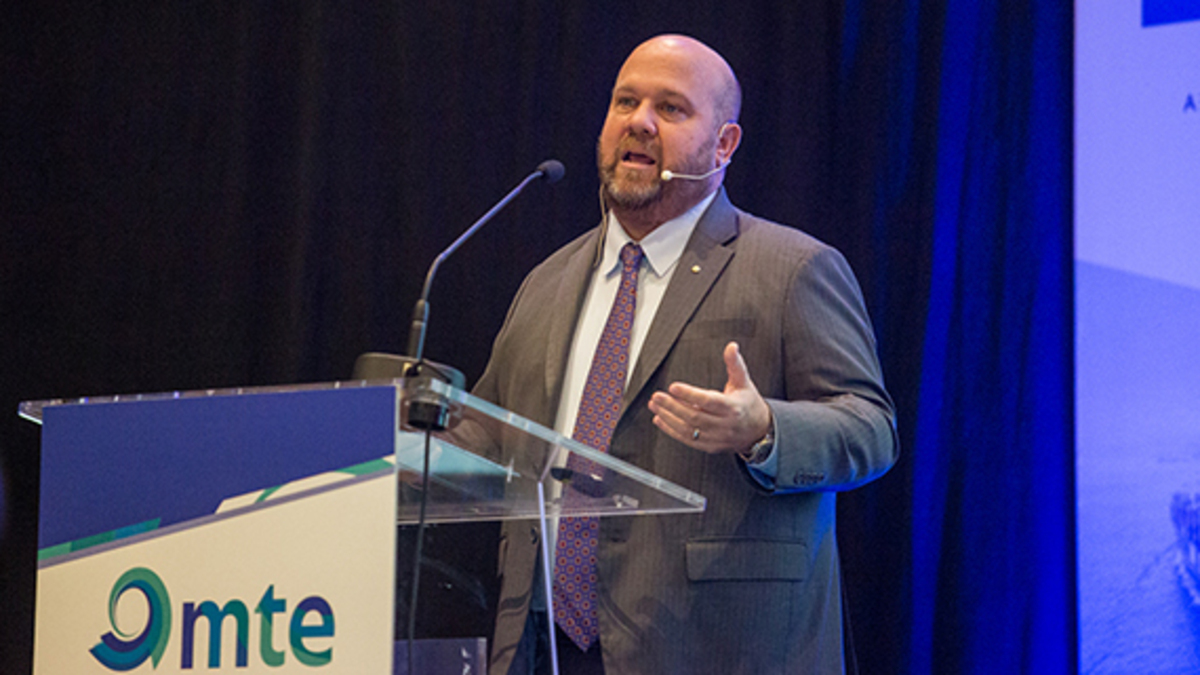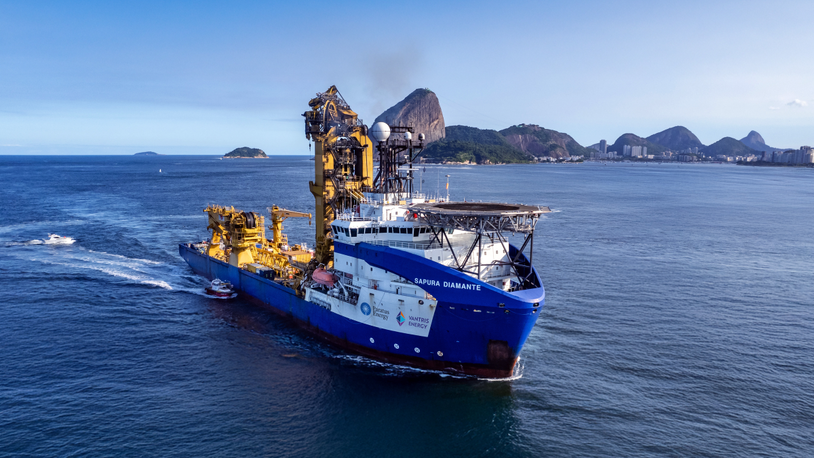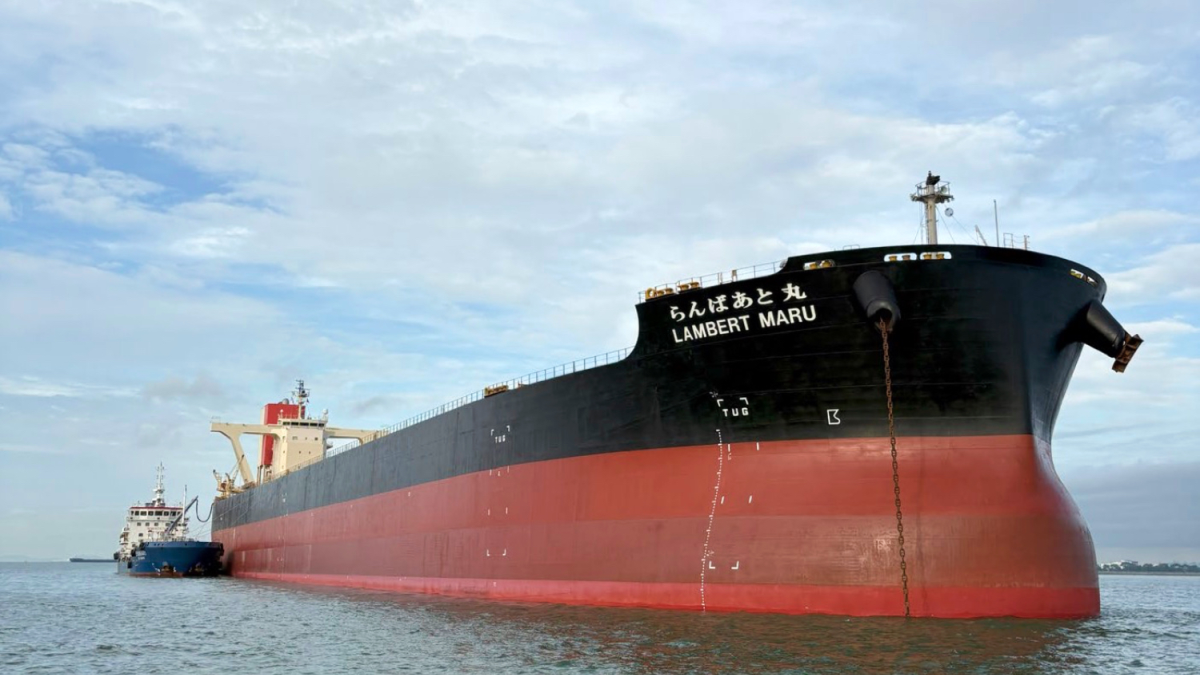Business Sectors
Contents
Register to read more articles.
Propeller retrofits put a positive spin on fuel and emissions savings
Container ship and tanker owners make significant energy efficiency gains and reduce fuel consumption through optimised propeller and propulsion control upgrades
When the international maritime trade fair SMM is in town there are two things you are sure to find outside the Hamburg Messe: a long taxi line and a massive propeller on display, engineered and fabricated by MMG. Waren (Müritz), Germany-headquartered MMG has established itself as a global leader in propeller design, through continuous research and development of customised propulsion solutions.
Speaking to Marine Propulsion at SMM 2022, MMG managing director Dr Lars Greitsch said 400 propeller retrofit projects undertaken by MMG have resulted in accumulated CO2 emissions savings of 12M tonnes. The CO2 emission reductions are based on the amount of fuel consumption saved.
These fuel savings are the result of optimising the propeller design, based on the actual operating profile of the ship.
“That is the big advantage of doing a retrofit,” MMG project manager Steven Berger told Marine Propulsion. “Back in the day it was only about top speed; these days, however, we have a detailed look at the individual vessel operational profile. That enables us to design a propeller exactly to the needs of the vessel.”
Once an operational profile is established, MMG undertakes computational fluid dynamic (CFD) studies to design a propeller that can make significant gains in efficiency. Once a propeller is designed, MMG can provide the customer with a report forecasting the expected efficiency gains following a propeller retrofit. This enables the ship owner to calculate the projected return on investment.
Mr Berger said container ship owners are now “keen to invest” in retrofits given the price of a newbuildings, the cost of fuel, the current good situation in the container market, and new IMO energy efficiency regulations.
IMO is targeting a 40% reduction in greenhouse gas emissions from ships by 2030. Next year, owners face a new IMO regime on ship efficiency, demanding they adhere to an Energy Efficiency for Existing ships Index (EEXI) and provide their Carbon Intensity Indicator (CII). Each ship’s EEXI rating is generated with reference to an Energy Efficiency Design Index (EEDI) baseline.
One way to increase efficiency is through propeller retrofits, which can result in gains of between 6 and 13%, according to Mr Berger. “That gain in efficiency is absolutely significant,” he said, adding, “In German engineering, we are always careful when guaranteeing numbers. We usually surprise our customers when they see their vessels in operation, and what the real savings are.”
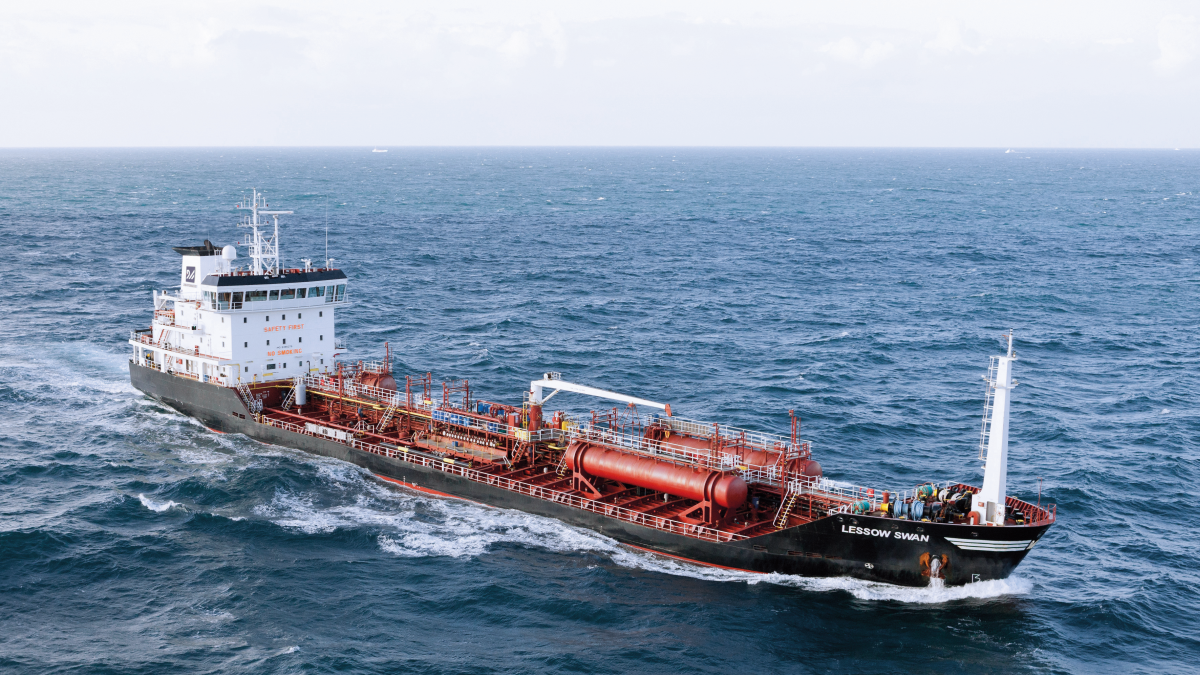
Full steam ahead
Among the container ship owners working with MMG are CMA-CGM, Hapag-Lloyd and MSC. Hapag-Lloyd is now going full steam ahead with a massive retrofit programme to improve the fuel efficiency and reduce the carbon intensity of more than 150 ships in its container ship fleet.
Technical modernisation of the fleet will involve retrofitting ships with new propellers, bulbous bows and applying specialised anti-fouling paints.
The programme kicked off with the first retrofit propeller loaded in the Port of Hamburg. The five-bladed propeller, manufactured by MMG, will be installed on Hapag-Lloyd’s 7,500-TEU Ningbo Express in Dubai in September. The propeller has a diameter of 9,300 mm and weighs 62 tonnes. Expectations are that the optimised propeller will provide fuel and CO2 savings of 10-13%, depending on the draught and speed of the vessel.
In total, there are plans to equip at least 86 ships with the new and more efficient propellers. At the same time, 36 vessels will receive a new, flow-optimised bulbous bow. During the scheduled drydockings, a resistance-reducing coat of anti-fouling paint will also to be applied to the hulls of all vessels below the waterline.
“One way to increase efficiency is propeller retrofits, which can result in gains of between 6 and 13%”
Hapag-Lloyd said most of the measures will be carried out by 2025 and will significantly contribute to the company’s efforts to achieve its climate targets.
“We aim to be climate-neutral by 2045,” said Hapag-Lloyd chief operating officer Maximilian Rothkopf. “To reach this goal, we have set ourselves the interim target of reducing the CO2 intensity of our own ships by 30% by 2030. To do so, we are investing in new future-proof ships while simultaneously focusing on making our existing fleet fit for the future. The fleet upgrade programme will boost the energy efficiency of the entire fleet,” added Mr Rothkopf.
The programme will cost “in the three-digit million range”, according to Hapag-Lloyd, which is also investing about US$2Bn to construct 12 LNG-fuelled container ships to meet its sustainability goals.
Precise propulsion controls
Short of a propeller retrofit, shipowners can also derive fuel consumption savings through propulsion control upgrades. This proved to be the case for two 2008-built chemical carriers in Uni-Tankers fleet. The Danish tanker owner consulted with Berg Propulsion and Caterpillar distributor Zeppelin on the retrofit, with the goal of maximising efficiency at a speed of 14 knots.
“We have an ambition to be first-in-class in every aspect of our operations, and that applies to minimising our environmental impact and reducing our emissions,” said Uni-Tankers technical director Peter Stokbro. “After 14 years of proven performance, we went out to the market to seek solutions to future-proof Anhout Swan and Lessow Swan for efficiency and GHG compliance.”
While ships built today may be designed for optimal fuel efficiency at lower speeds, those delivered seven to 15 years ago were optimised for higher engine loads. With fuel prices at unprecedented levels, suboptimal performance by propulsion systems running at ‘part load’ is a cost inefficiency that can eat into competitiveness, as well being as a negative for sustainability.
“Propulsion systems running at ‘part load’ are a cost inefficiency”
Berg simulations demonstrated that, in combination, the precise control available to the MPC800 system and a modification of the ships’ four-stroke MaK 8M32C main engines to run in variable rpm mode, would deliver significant efficiency gains for controllable pitch propellers and thrusters.
“When we learned that Berg had a retrofit solution ready, the decision to go ahead became easy,” Mr Stokbro said. He confirmed that installing the new Berg Propulsion control system had been pivotal in achieving a remarkable 15-17% efficiency gain on board two existing ships.
“The MPC800 control system upgrade also assists Uni-Tankers in complying with the EEXI and CII,” said Uni-Tankers fleet manager Kristian Larsen. “It lets us operate the vessels as fuel efficiently as possible, meeting our ambition of providing highly competitive sustainable shipping solutions.”
Related to this Story
Events
LNG Shipping & Terminals Conference 2025
Vessel Optimisation Webinar Week
Marine Coatings Webinar Week
© 2024 Riviera Maritime Media Ltd.


